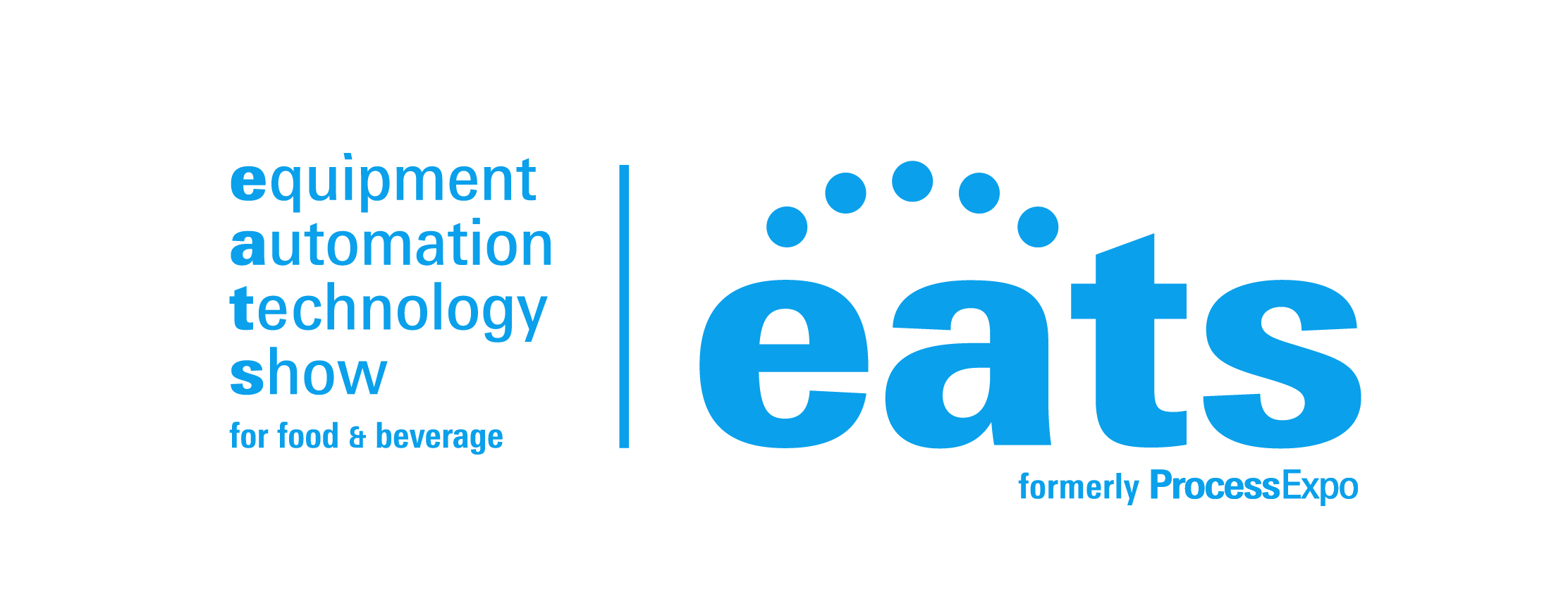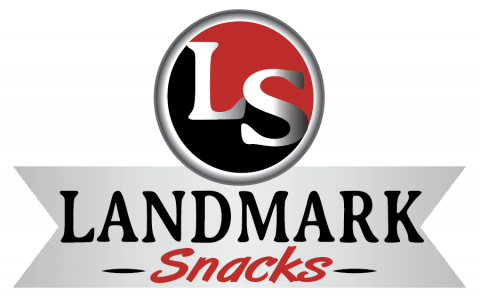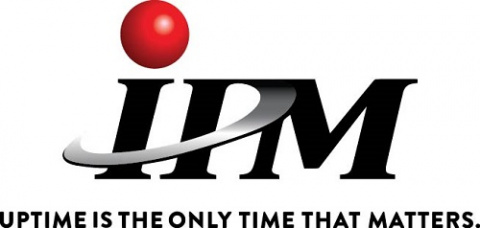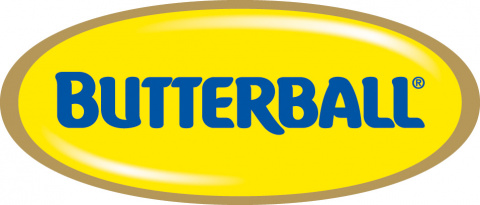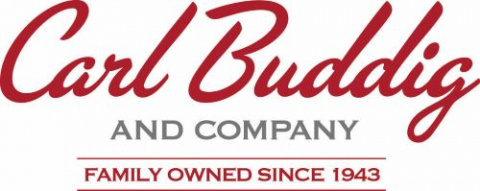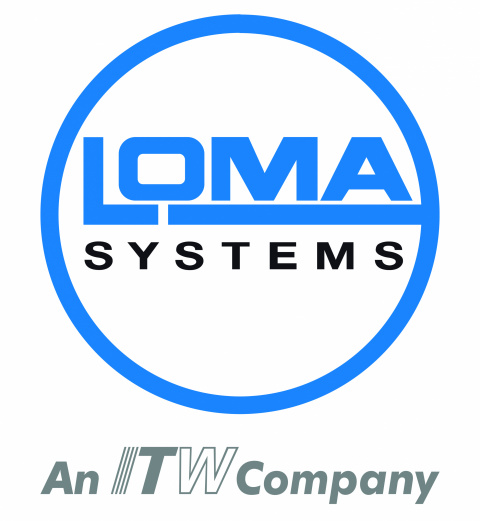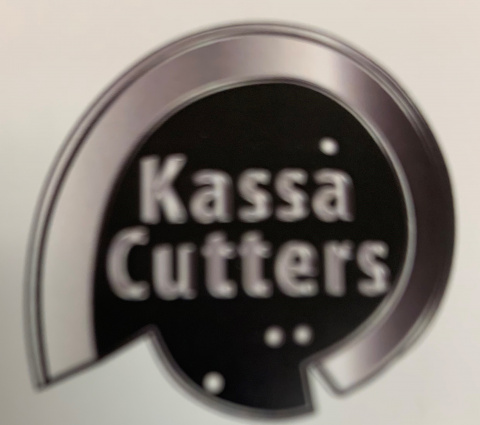
For the better part of two decades, I have always said that the business of the food industry, especially when it comes to CPG, is the opposite of what most people would expect. When the economy slows, from my perspective CPG sales go up as consumers don’t have as much disposable income to eat out. On the other hand, when the economy is strong, consumers eat out far more frequently. I like to say that this is the time when people essentially forget how to cook, that is until the next downturn.
Of course, the last two years don’t really fit into a nice box like that. Eating out was no longer available for many of us so we had to get back to our culinary roots, even if the wide range of ingredients available wasn’t so wide any more for some periods of time. That’s when meal-kits really stepped into the void in a big way, with sales surging by almost 69% in 2020 to $5.8 billion, and then another 19% in 2021 to $6.9 billion. But maybe that trend was just not sustainable.
In a piece in yesterday’s Washington Post, the author points out that a number of factors that create huge challenges for this segment moving forward. First, perhaps the 150+ companies in this category are too many for this limited market. That’s not even counting competition from reopening restaurants and meal delivery services like Grub Hub, Door Dash, et al. It’s getting harder to get noticed in this space with all the players in it. Second, once expanded unemployment benefits dried up, meal-kits and their $10 cost per person per meal (on average), were simply too pricey for some, regardless of promotions and discounts. These consumers would simply go back to cooking their traditional meals that carried a much lower sticker price. Third, and perhaps the factor I found most interesting, meal-kit customers had learned how to cook, and in many cases had saved the laminated recipes. Did they really need these companies selecting all of the ingredients? No. The meal-kit companies had made it easy for the consumer to learn to cook which inevitably became competition for the products they were selling.
Does that mean the meal-kit companies are done for? I hope not, but more importantly, I think just like so many companies in the dynamic food and beverage industry, the ones who are able to adapt and provide superior quality and value for their customers will chart the path of this segment in the coming years. I don’t expect all of these companies to be around at that point but the ones that are, will have proved their worth. In the meantime, enjoy them while you can.
Andy Drennan, FPSA SVP

